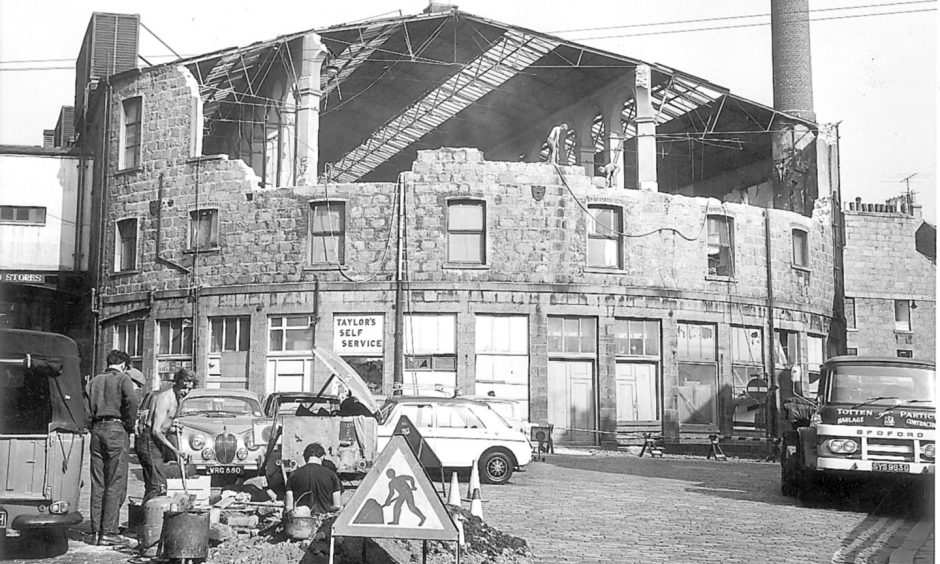
The demolition of the Victorian New Market in Aberdeen in the 1970s was described as “gross aesthetic vandalism” by those who tried to save it.
Even poet laureate John Betjeman joined the crusade to have the Archibald Simpson “masterpiece” spared.
But the campaign was in vain: the historic galleries came down and the concrete went up.
And now, after the recent demolition of the 1970s building that replaced it, the market is set to be rebuilt for the fourth time in 200 years.
1842: Aberdeen New Market was the biggest in Scotland
The Green has been a traditional market stance in Aberdeen since medieval times.
But by the early 19th century, trends favoured covered market halls rather than outdoor stalls, which were at the mercy of weather and thieves.
A precursor to department stores, they brought traders, restaurants and social areas together under one roof.
Designed by Aberdeen’s revered architect Archibald Simpson, the foundation stone for Aberdeen’s new market was laid in September 1840.
It was the biggest market in Scotland when it opened around 18 months later in 1842, and a celebration befitting the palatial premises was held.
Stepping inside, the public gazed up at the galleries, draped in ensigns and banners, while “a superb fountain of polished granite” stood at the far end.
Beneath their feet, the floor was laid with the finest flagstones from Caithness.
Thousands of Aberdeen’s well-heeled citizens – “comprising all the fashion and beauty of the town” – began promenading around the space.
Archibald Simpson’s design was praised far and wide
Press reports spoke of the “splendour and magnitude” of the bow-ended market, which was 315ft (654m) in length and 106ft (32m) wide.
The interior space was divided into three compartments by 56 masonic columns, standing in neat rows like sentry guards.
The two side alleys were occupied by 54 butchers’ shops, and in the centre were rows of benches and tables for light refreshments.
Above, the galleries were laid out like a bazaar, while the basement floor had 74 shops, 38 vaulted cellars and 250 ‘standing places’ for selling fish and similar produce.
Outside, the principal entrance was a grand, granite facade on Market Street with “handsome piazzas” on either side.
Upon opening, Provost Blaikie said: “We are at a loss whether most to admire the genius and taste of the architect, the industry and perseverance of the builder, or the public spirit and enterprise of the directors of the Market Company.
“The elegant and graceful proportions of the whole building, its immense extent, and its varied accommodation being so remarkable.”
1882: Market was gutted by raging inferno on its 40th birthday
The new market commanded an ideal position in Aberdeen’s historic heartland of commerce.
It was just up the hill from the harbour and dockland, it backed onto the Green and nearby Merchant Quarter, and it was a stone’s throw from Union Street and the historic shopping thoroughfare St Nicholas Street.
It also had all the mod-cons of the day like gas lighting – no fewer than 270 lamps to be exact.
The market’s success and reputation continued to be celebrated for decades to come.
But like many buildings of that era, gas lighting proved the eventual downfall of the magnificent market.
At around 8pm on April 29 1882, the New Market was consumed by a spectacular blaze on its 40th birthday.
So dramatic was the inferno, that it was reported in newspapers the length and breadth of Britain in the following days.
The P&J’s report alone extended to more than 10,000 words.
Market fire was ‘the severest commercial calamity’ in Aberdeen
The Press and Journal described it as “the severest commercial calamity that has befallen Aberdeen”.
It was a Saturday evening, and the market was packed with housewives shopping and young couples courting.
The blaze started in the crowded gallery in a basket-maker’s shop belonging to Robert Ogg.
Mr Ogg was secretary of a Freemason lodge in Aberdeen and had been carrying out his duties there on the Saturday night.
Instead his wife was watching his shop, and as the light faded, she went to turn on the gas.
Mr Ogg had a rule of never entering the stockroom with a flame.
However, Mrs Ogg went to turn the gas on and returned to the shop, finding the jets would not light with her taper.
She made the fateful error of re-entering the stockroom with taper in hand, and immediately the stock ignited.
Within 10 minutes “the roof of the spacious building was in one mass of flame”.
The gas had only just been switched on, and the pipes aided the spread of the rampant fire throughout the whole building before they too melted.
Those escaping described how “the fire flew with lightning speed” along each gallery.
Goods on stalls – clothes, baskets, hardwares and books – only fed the greedy flames with more fuel.
Dramatic scenes as market became ‘seething cauldron of fire’
Within 20 minutes the roof at the Green end had collapsed and by 9pm the market was “a seething cauldron of fire”.
Hundreds of traders and customers miraculously escaped with their lives, but elderly street porter Andrew Crichton, who had been helping watchmaker John Robertson, perished.
The news of the outbreak spread as quickly as the fire.
The gathering crowd of spectators on Market Street was so large that the military was called to keep order.
As the flames reached the flesher’s stalls, the inferno turned into a “pyrotechnic display” as animal fat “exploded in showers and balls of light”.
Masonry toppled to the ground, forcing firefighters to retreat from the market.
Attempts to quell flames were in vain
The efforts of the fire brigade, alongside the crew from HMS Clyde and the Royal Naval Reserve, were in vain.
In the end, they had to focus on saving buildings on Union Street as the heat cracked their window panes.
By midnight the fire had burnt itself out, and the following day crowds gathered to gaze “mournfully” at the still-smouldering shell.
It was described as “pitiful” watching old women turning over rubbish trying to find charred remnants of their businesses.
And sadly, many of the cats kept by butchers to control vermin had also perished, although a handful survived.
But within three days, a clear-up operation was in full swing, and carpenters erected temporary stalls in the carcass of the market, while a marquee was set up on the Green.
1884: New market was rebuilt and reopened a year later
The directors of the Market Company immediately resolved to rebuild the market, and a public relief fund was set up for those who lost everything.
Meanwhile Robert Gordon’s College offered up the old grammar school building on Schoolhill for displaced traders.
Aberdeen city architect Mr Smith was tasked with designing the galleries needing reconstructed within the market building.
By January the following year, the Aberdeen Market Company invited former tenants to reapply for their shops and stalls at the replacement market.
And the market was granted permission from the council to experiment with the installation of electric lighting.
And just a year and five days after the fire, the market reopened on May 4 1885. Complete with an identical replacement of the pink fountain, which was badly damaged.
The fountain was removed to the private palm house at Tillycorthie House near Udny when the market was remodelled in 1912.
For nearly 130 years, the market remained a bustling hub and meeting place for farmers in Aberdeen.
That was until the 1960s.
1960s: Controversial plan to flatten market divided public and politicians
In 1964, tenants were served with notices to vacate their shops, and the following year the Aberdeen Market Company sold the building for £300,000.
Plans were revealed in 1969 for the complete redevelopment of the East Green – and the demolition of the historic market.
So controversial was the proposal, for “one of the north-east’s most venerable institutions”, that the plans were subject to a parliamentary inquiry.
Councillor John Smith desperately opposed the idea and said the proposed buildings would be “outwith historical interest” with Union Street.
He said it was due to the “magnificent use of original granite stone” that gave Aberdeen the rare quality of being a provincial town with a metropolitan appearance.
Cllr Smith said that in his opinion the city had already “witnessed considerable erosion of its character of architectural heritage”.
His thoughts were echoed by beloved poet laureate, journalist and architectural conservationist John Betjeman.
Betjeman had been stopped in his tracks by the magnificence of the New Market facade on a previous visit to the city.
In a 1969 essay entitled ‘Granite Aberdeen’, Betjeman wrote: “My attention was held by a huge wall of granite, so bold, so simple in design, so colossal in its proportions that I stood puzzled.
“I had seen nothing like it before or since. Egyptian? Greek? Eighteenth century modern?”
He continued: “The inside of this covered market is worthy of its outside – colossal, simple, constructional.
“Archibald Simpson here was an architect of genius, a Soane, a Hawksmoor, someone head and shoulders above the men of his time.”
1969: Market was ‘one of Archibald Simpson’s greatest works’
The inquiry heard from historic buildings experts who said the facades on Union Street and Market Street should be saved.
Colin Carr, director of British Home Stores, which was set to move into the premises, said his company “might consider retaining” the Market Street frontage “if it had serious architectural value”.
Professor Peter Murray, history of architecture at London University, said the facade “was one of Archibald Simpson’s greatest works”.
But the inquiry came out in favour of the £2,000,000 development, and traders were ousted in December 1970.
1970: 129 years of Aberdeen’s history torn down
Just two weeks later, the wreckers moved in and began deconstructing 129 years of history.
The market, which had risen like a phoenix from the ashes, was once again condemned to dust in the name of progress.
In its place, a concrete imitation with all the elegance of an oil drum.
The loss of the New Market was significant, not only in Aberdeen, but in Britain’s architectural landscape.
In 1973, Betjeman included it in a series of silver medals depicting famous vanished monuments across the UK.
The medals were part of a series called ‘Betjeman’s Bygone Britain’, and the New Market took its place alongside prestigious lost monuments like the Euston Station Arch and the Crystal Palace.
The New Market was the only Scottish monument to be included.
Speaking of the inclusion of the market in the medal series, Councillor John Smith said it was “retrospective confirmation that demolition was gross aesthetic vandalism”.
And now just 50 years later, the brutalist building that replaced it has gone too.
While any trace of the original market is gone, there is one surviving object.
The pink granite fountain was gifted back to the council in 1978 and now stands in Hazlehead Park, a far cry from its bustling market heyday.
ALL IMAGES IN THIS ARTICLE ARE COPYRIGHT OF DC THOMSON. UNAUTHORISED REPRODUCTION IS NOT PERMITTED.
To purchase archive photos, contact archives@dcthomson.co.uk
If you enjoyed this, you might like:
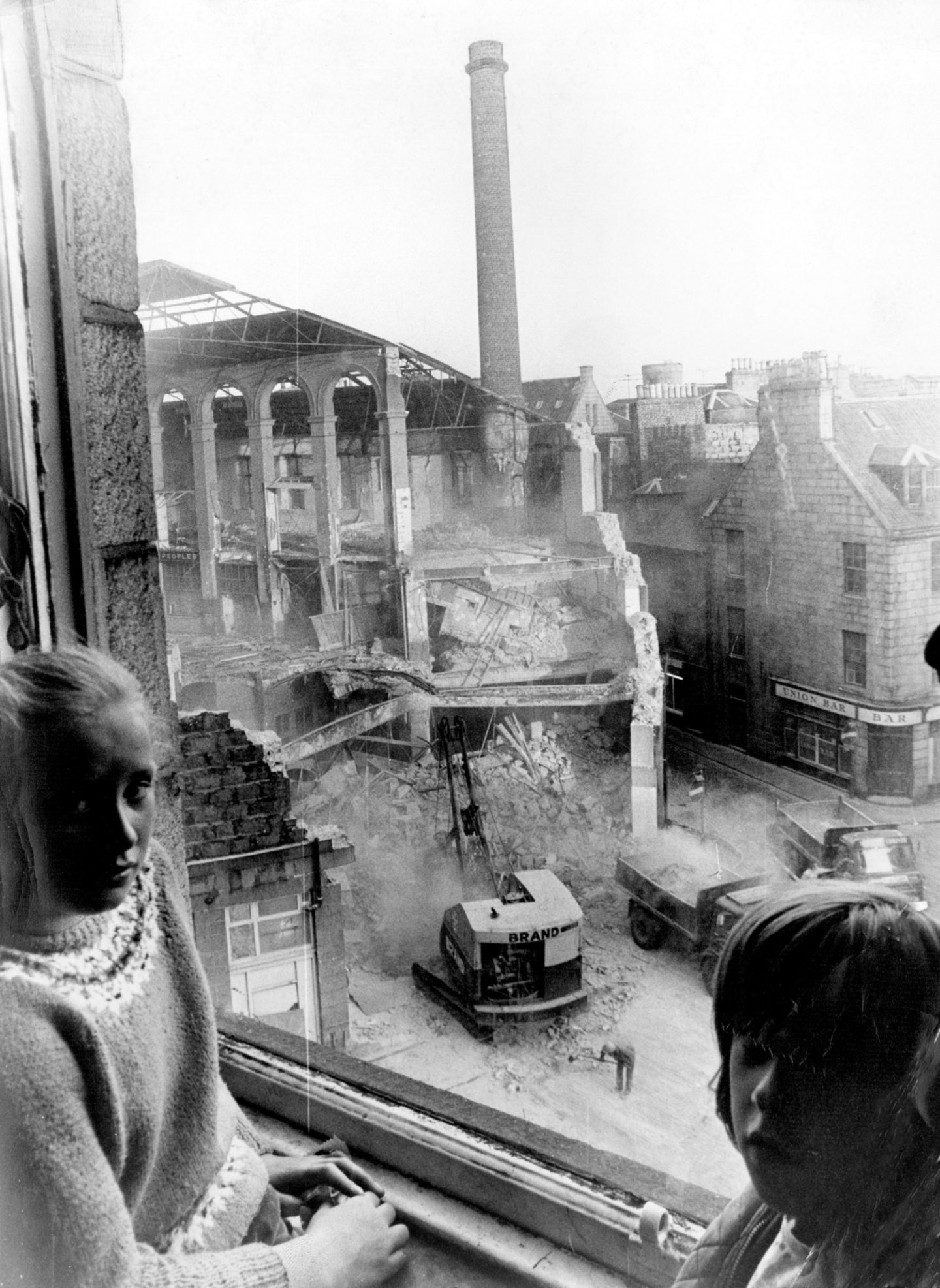
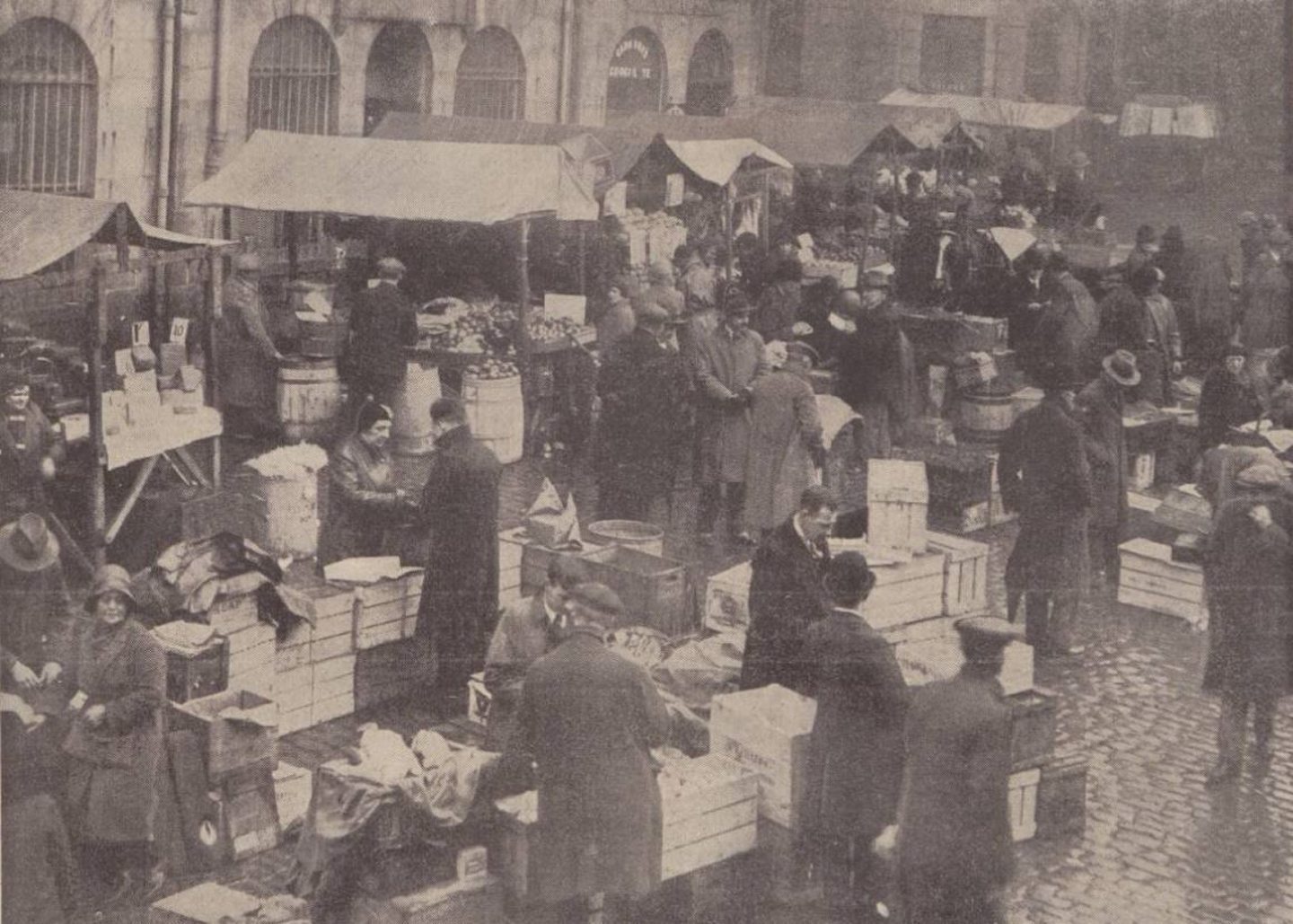
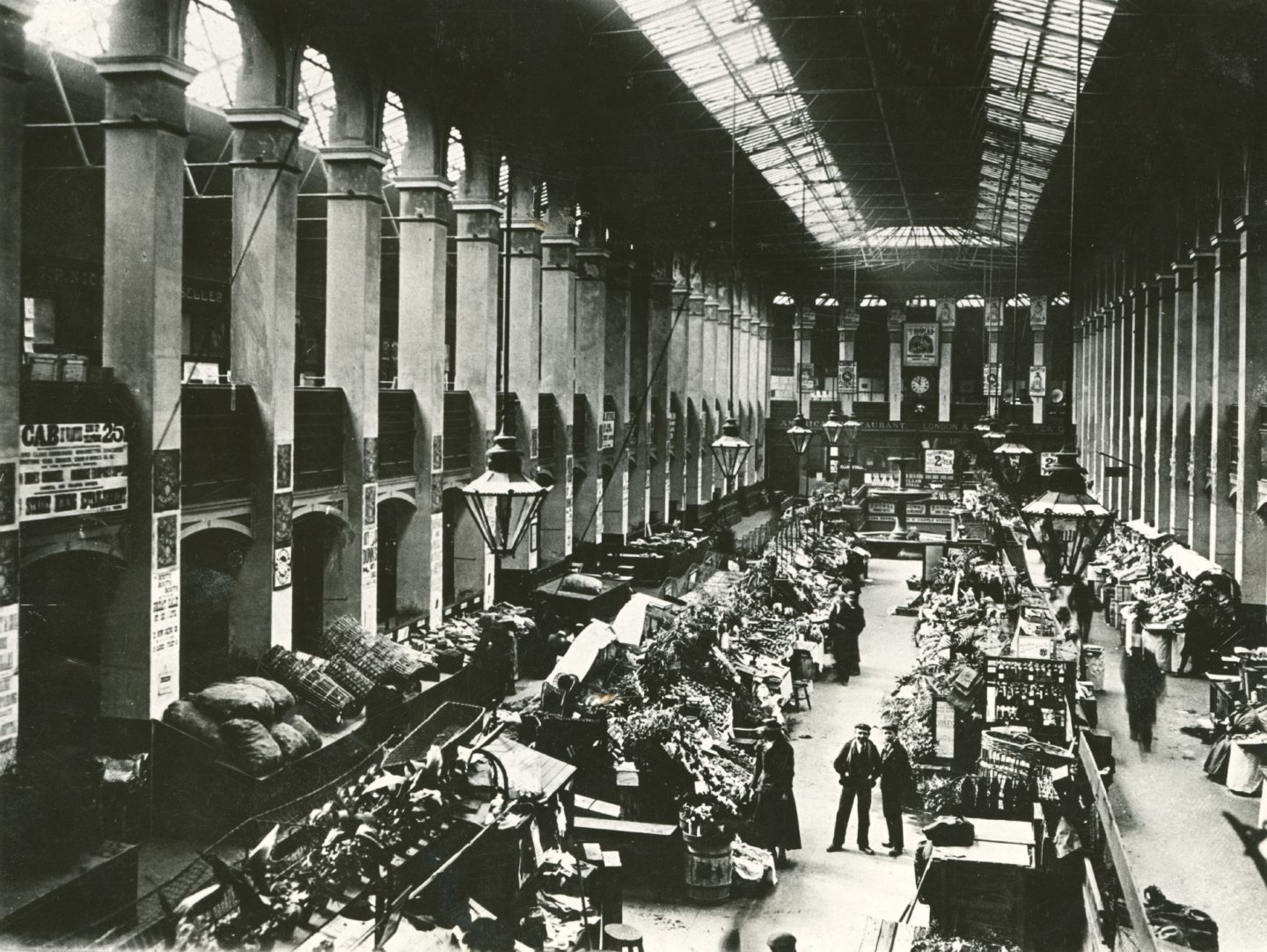
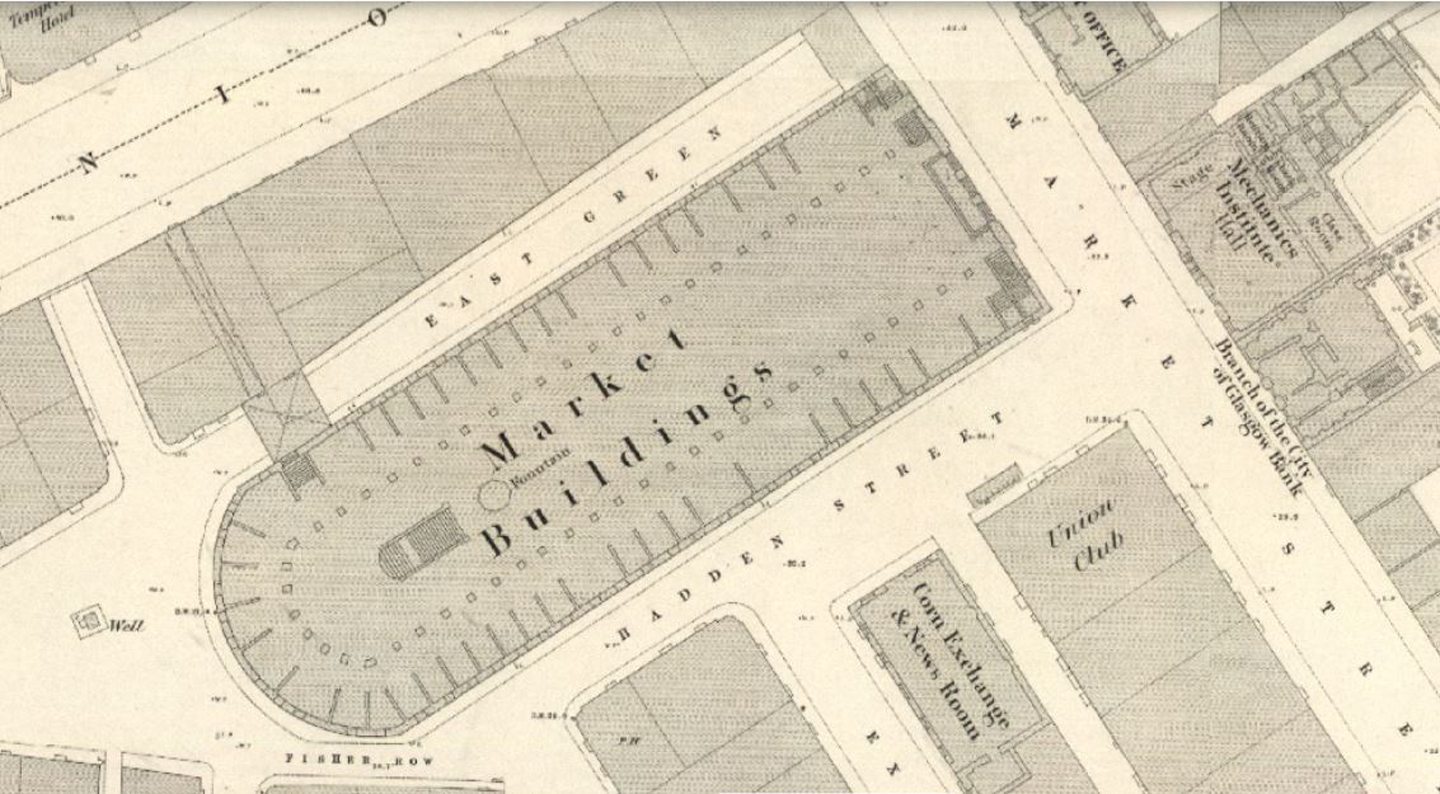

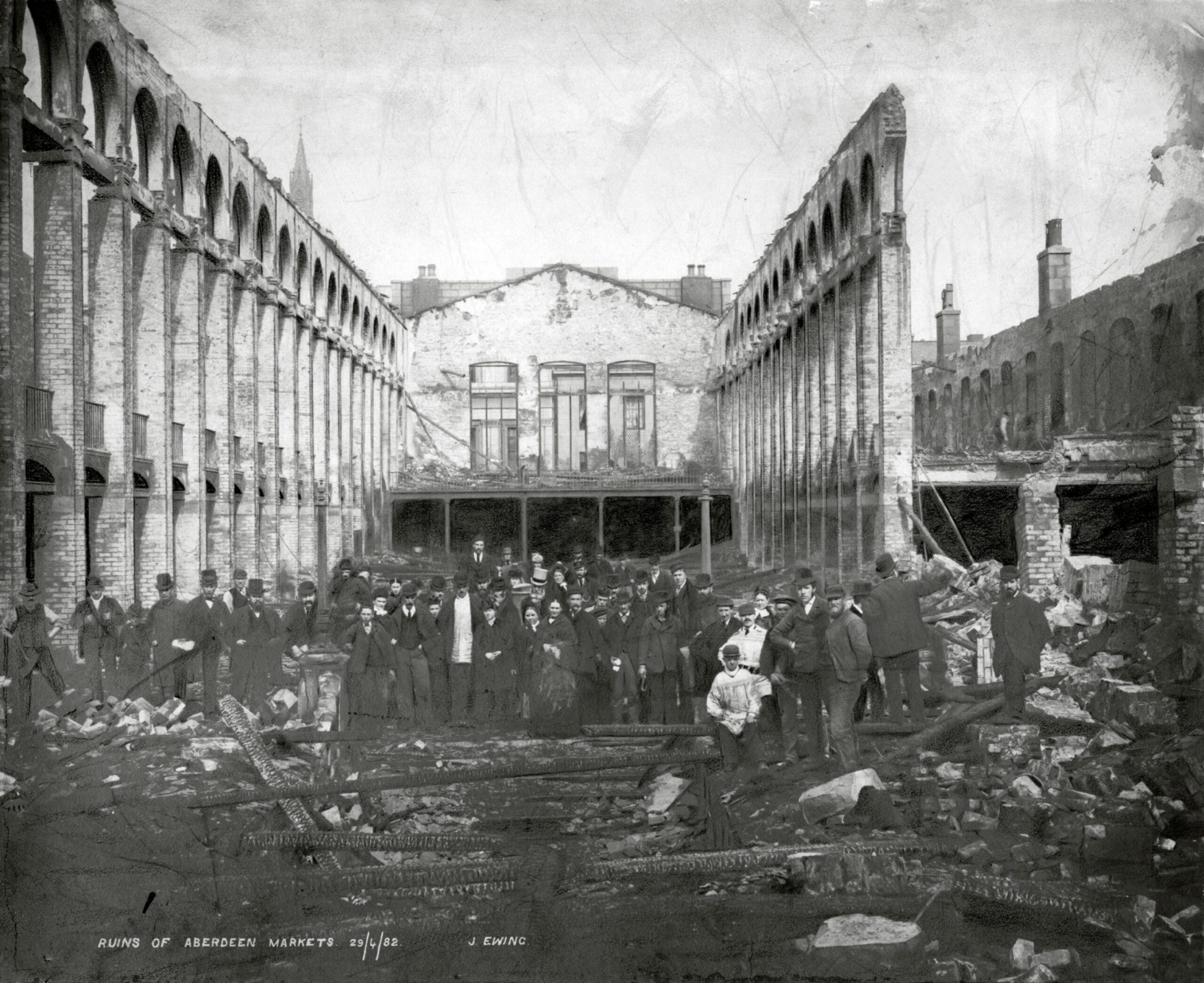
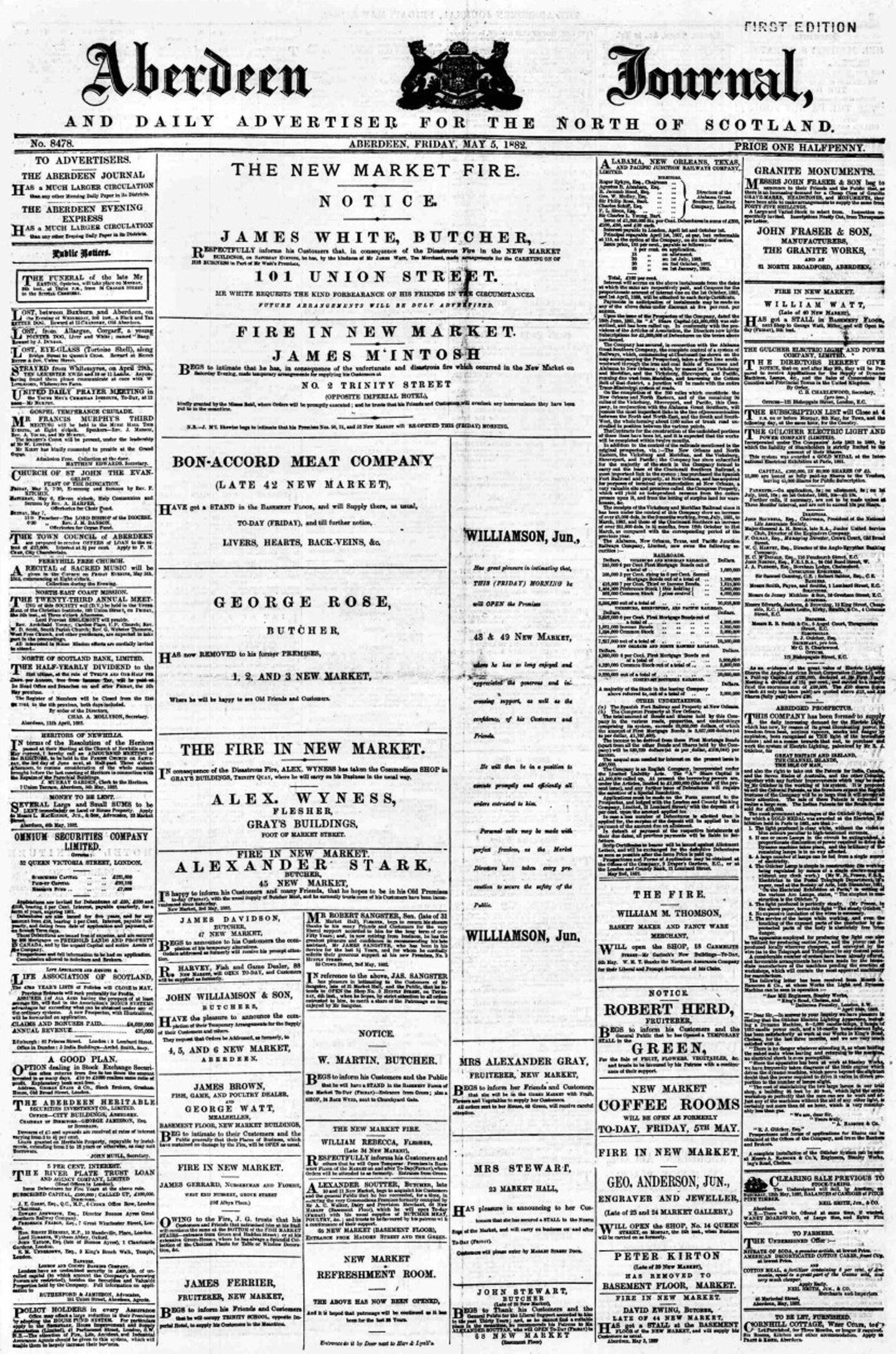
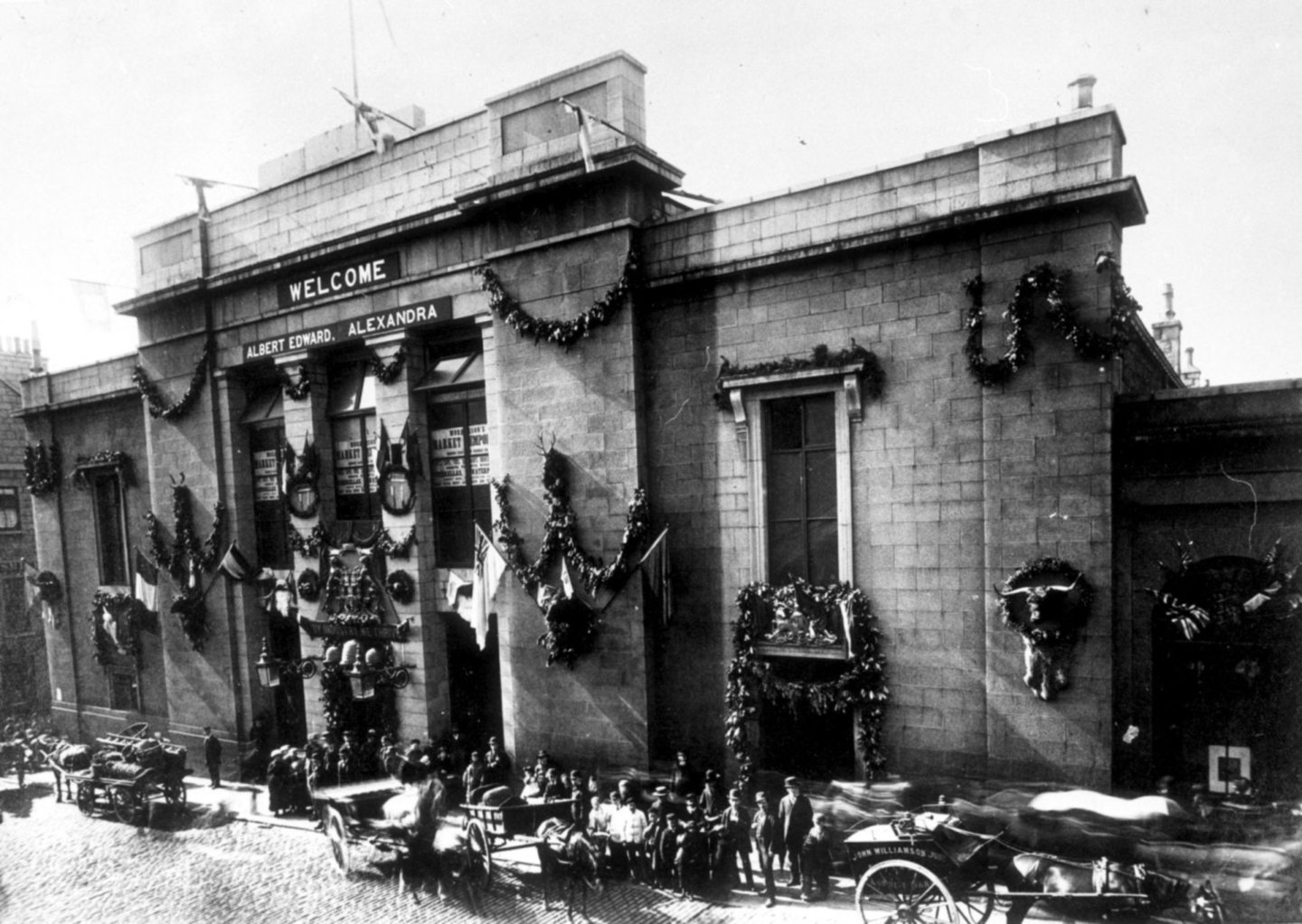
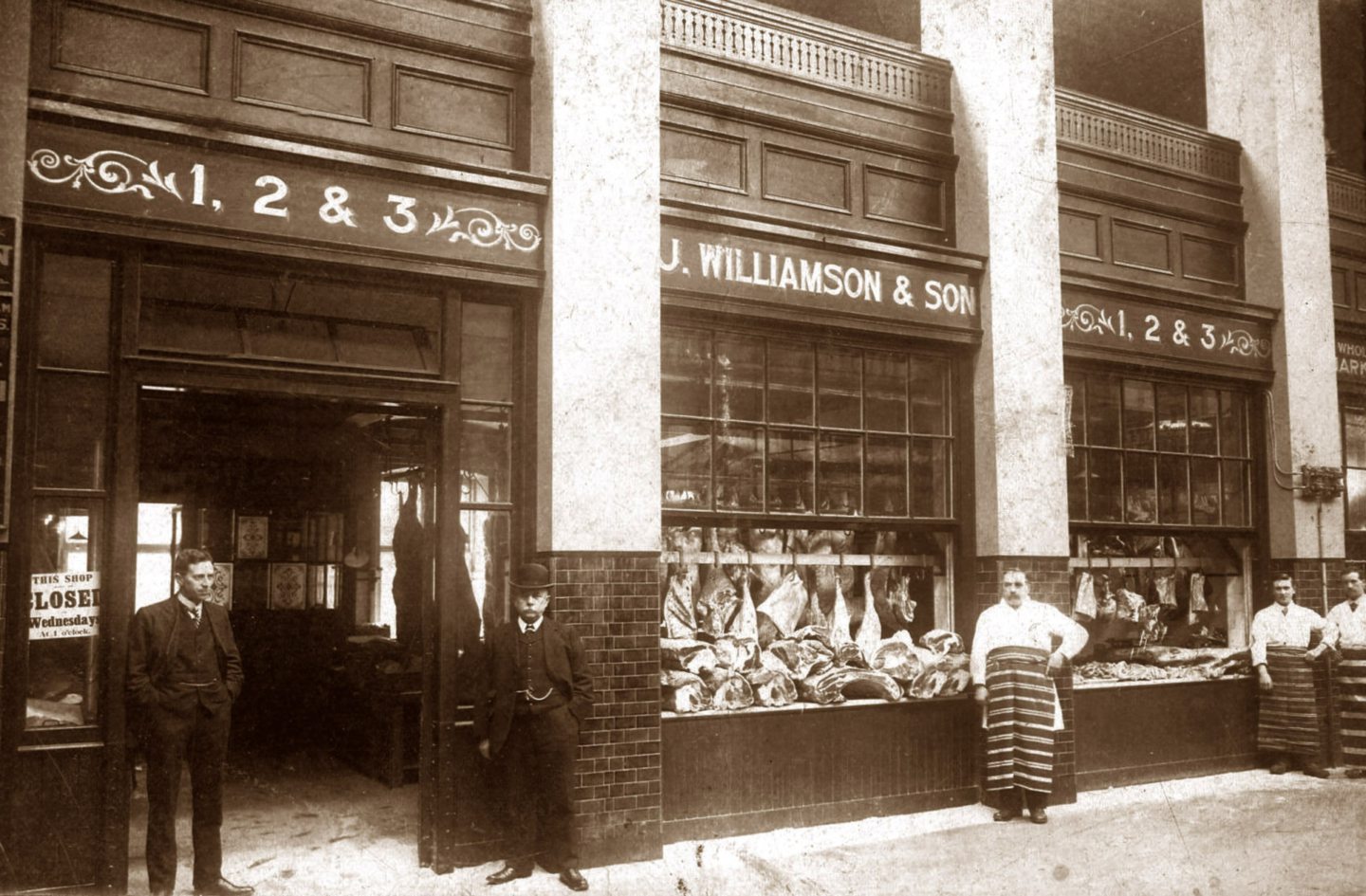
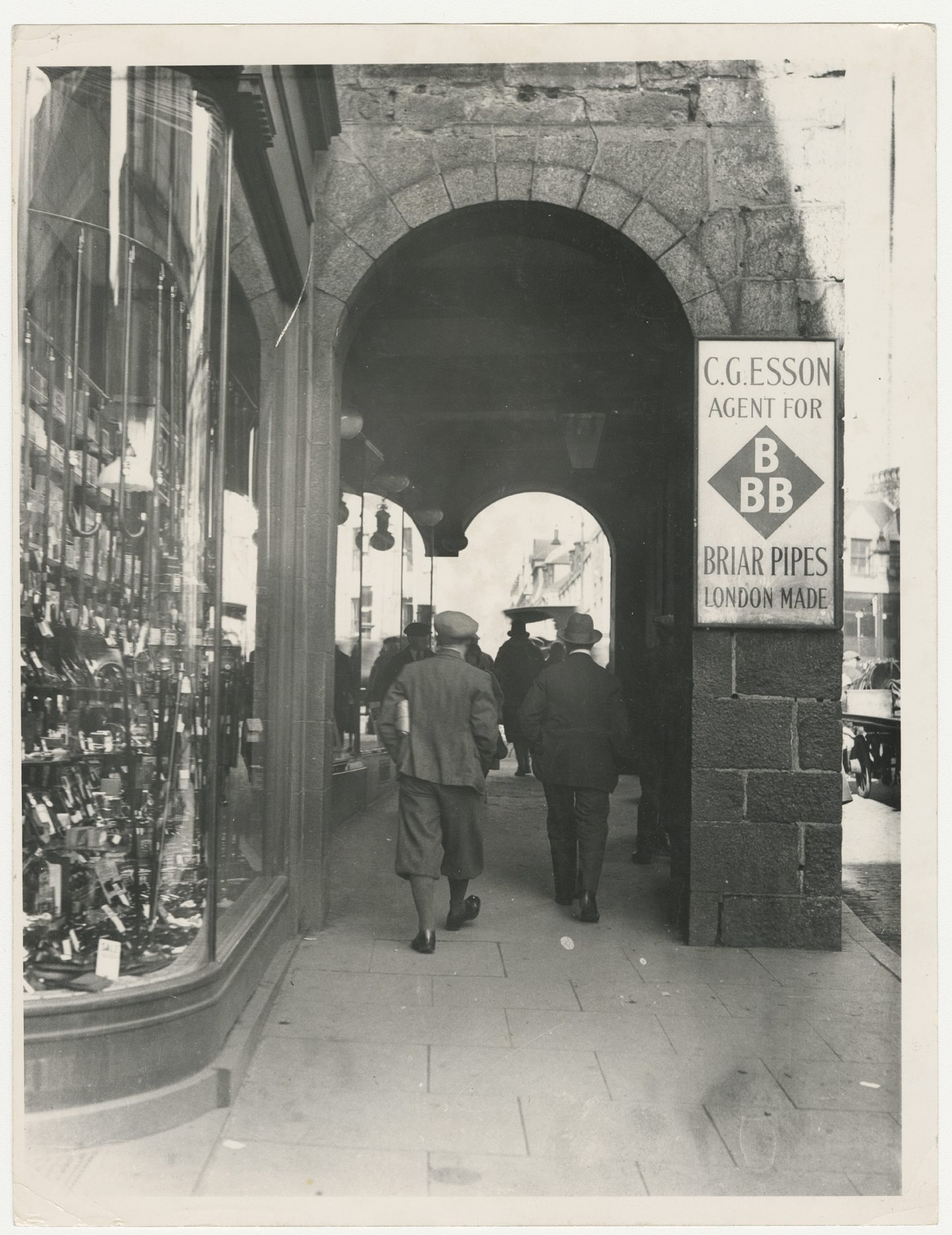
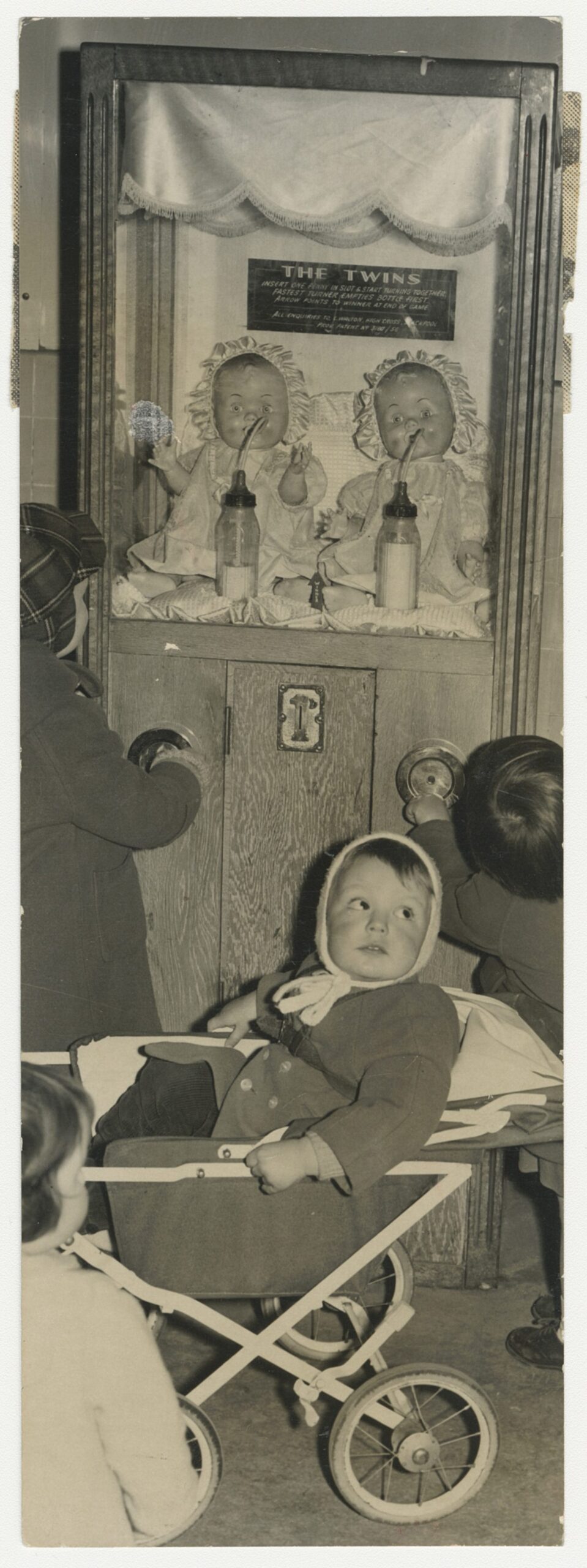
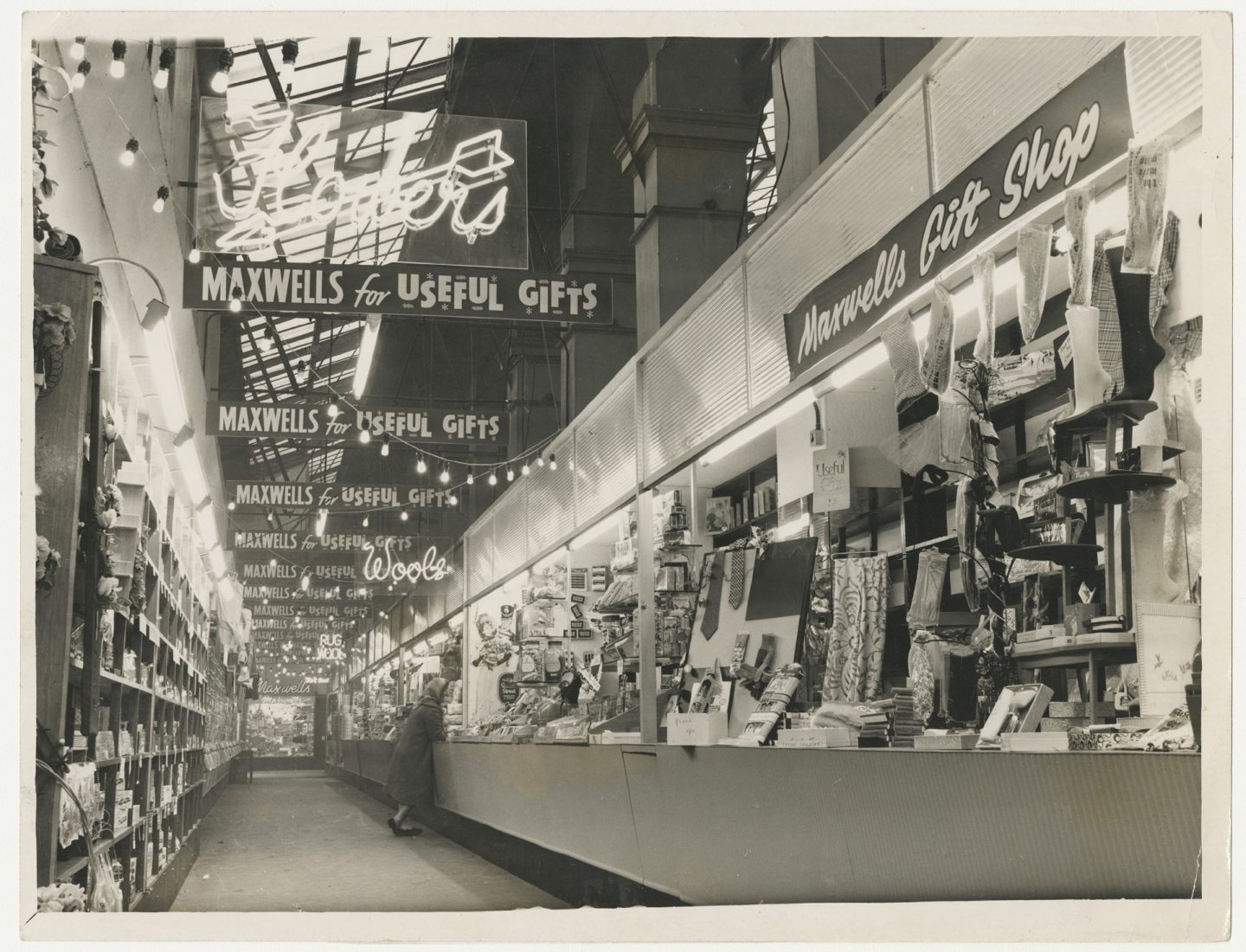
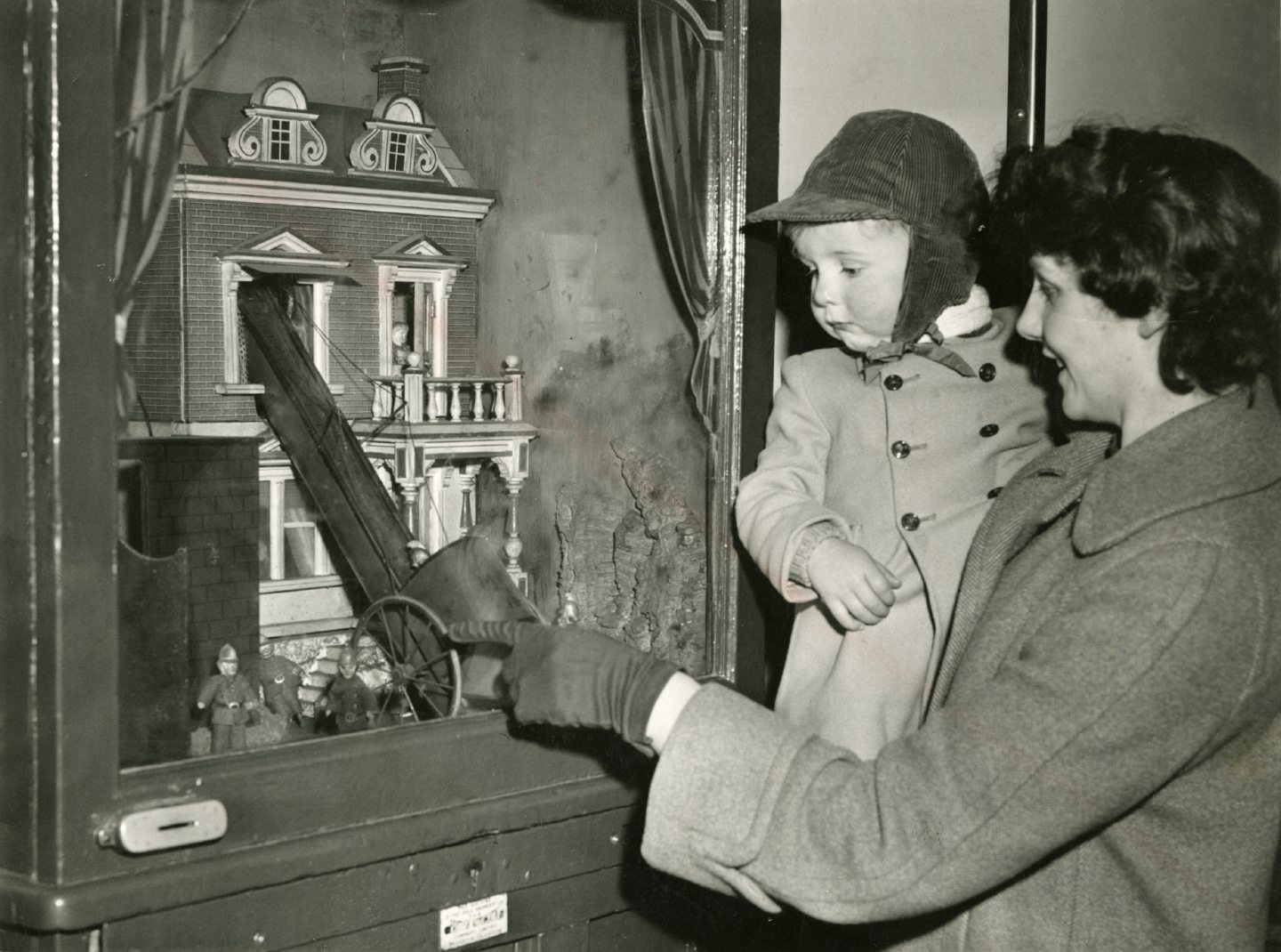
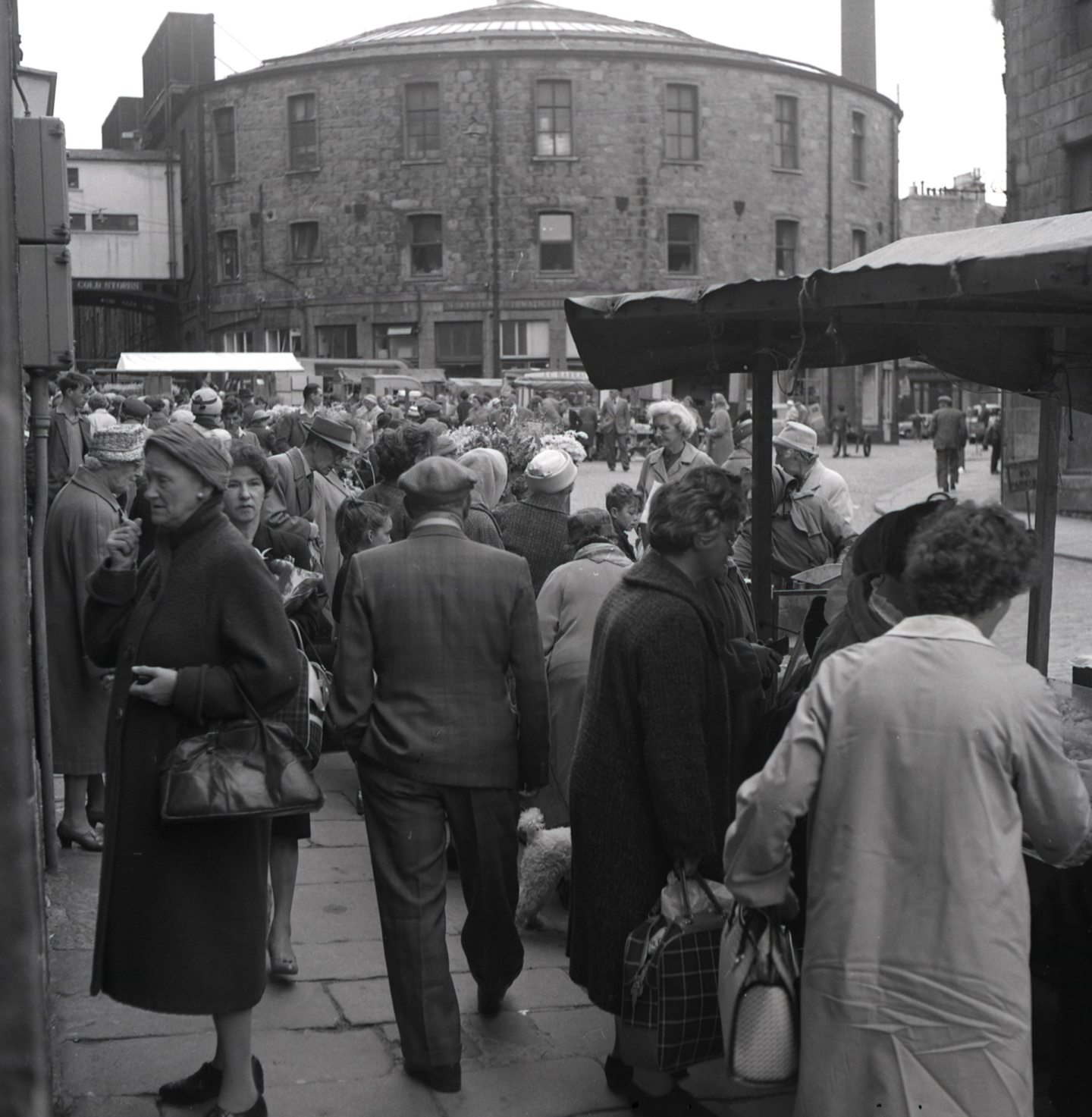
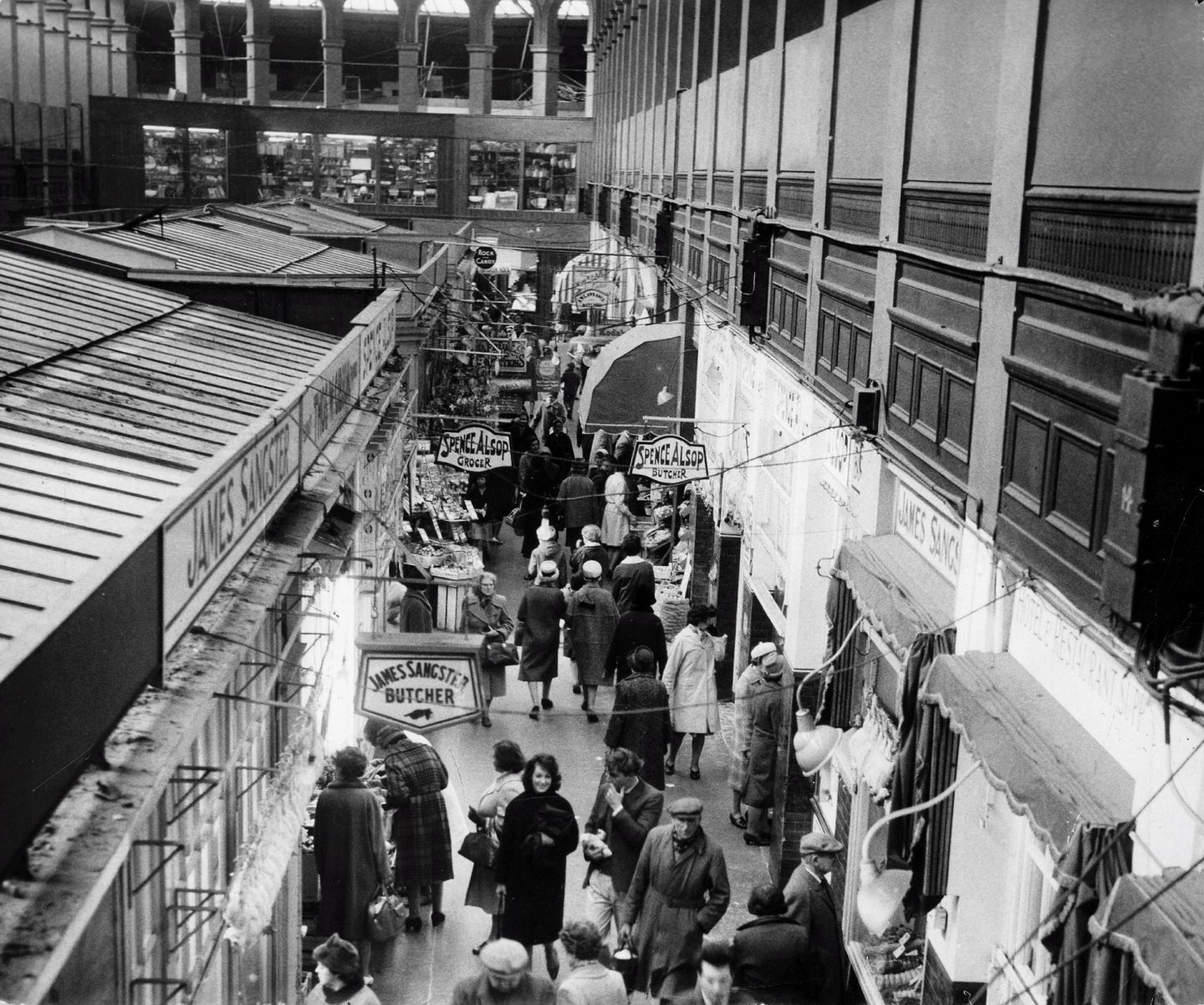
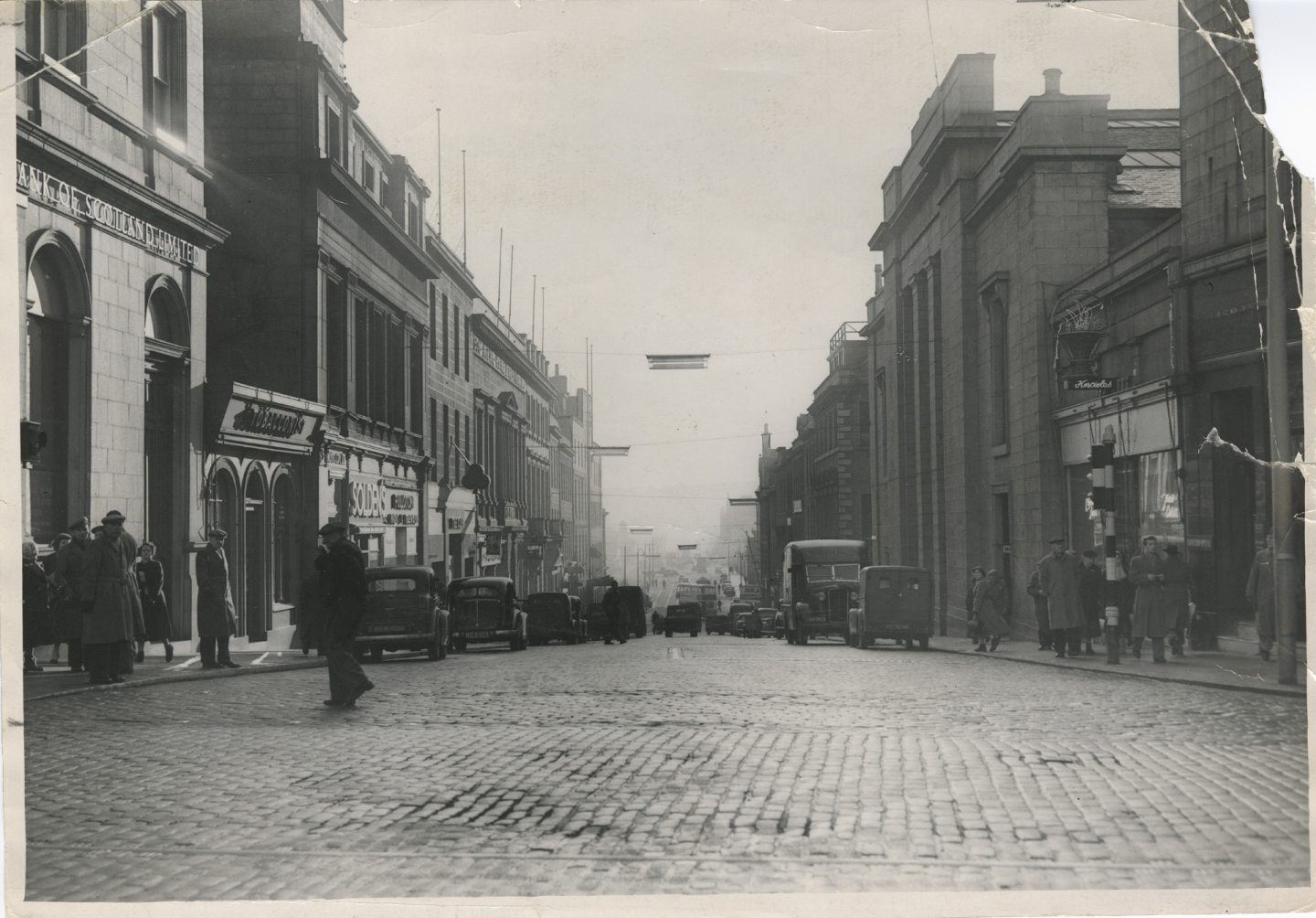
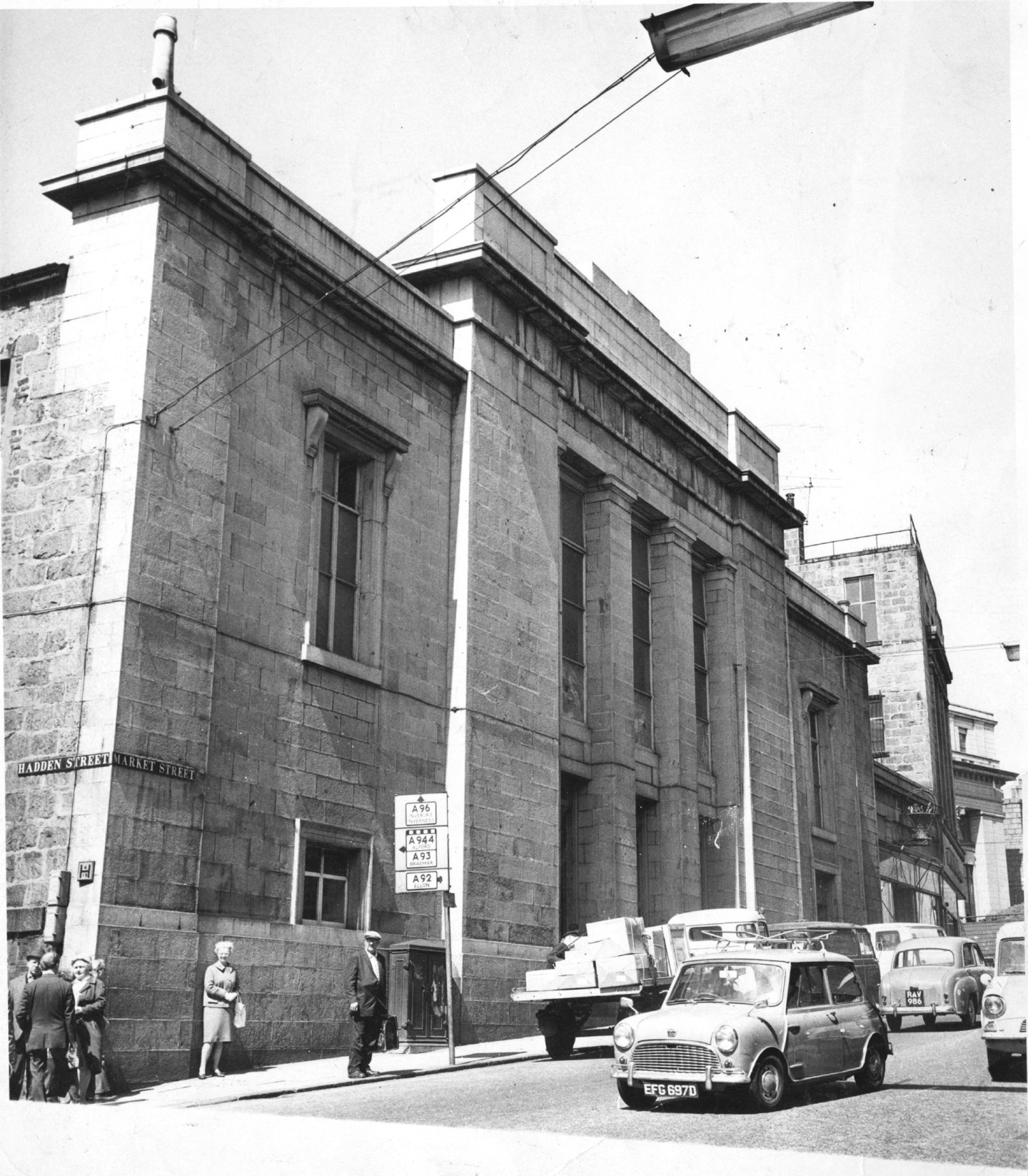
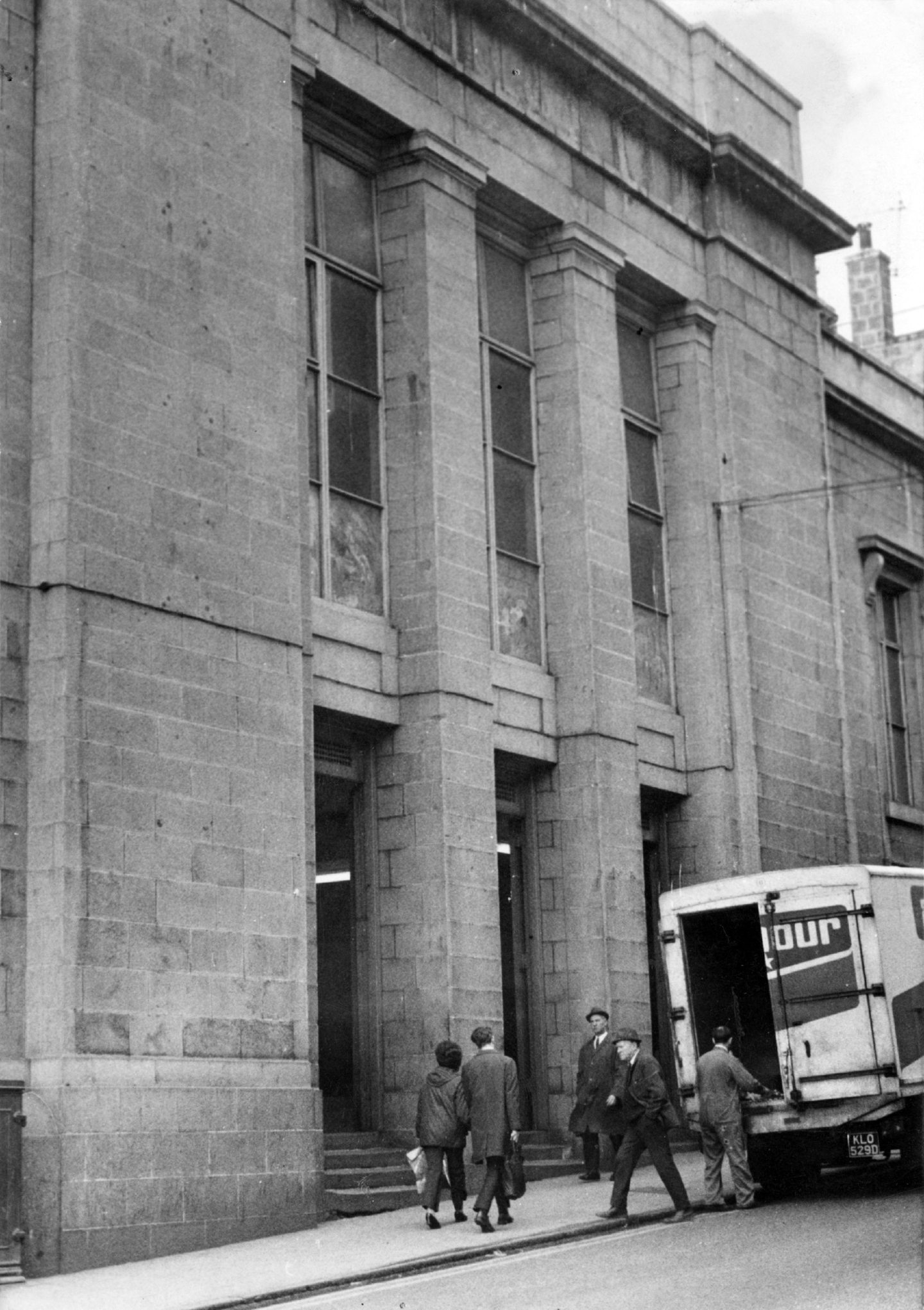
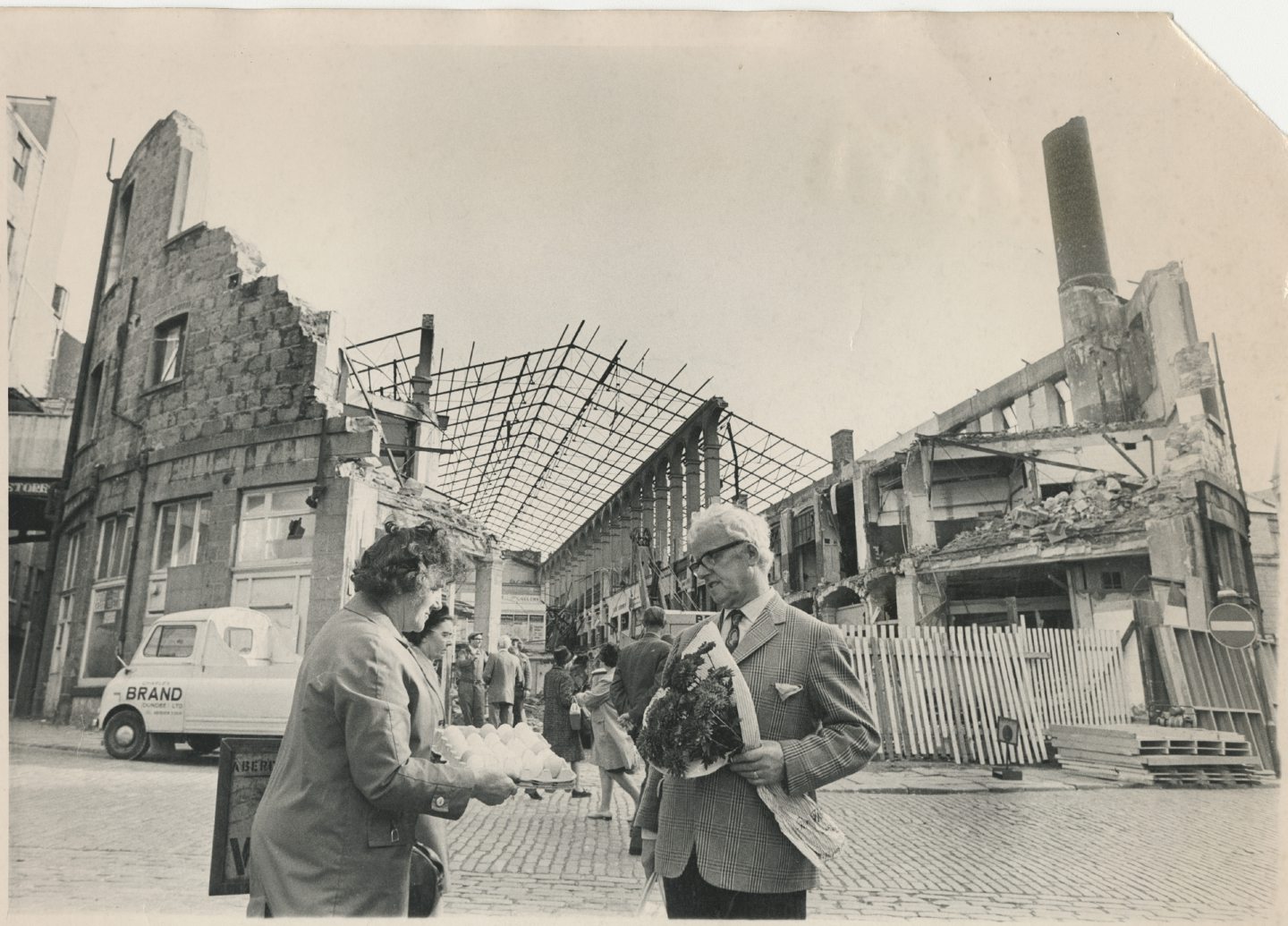
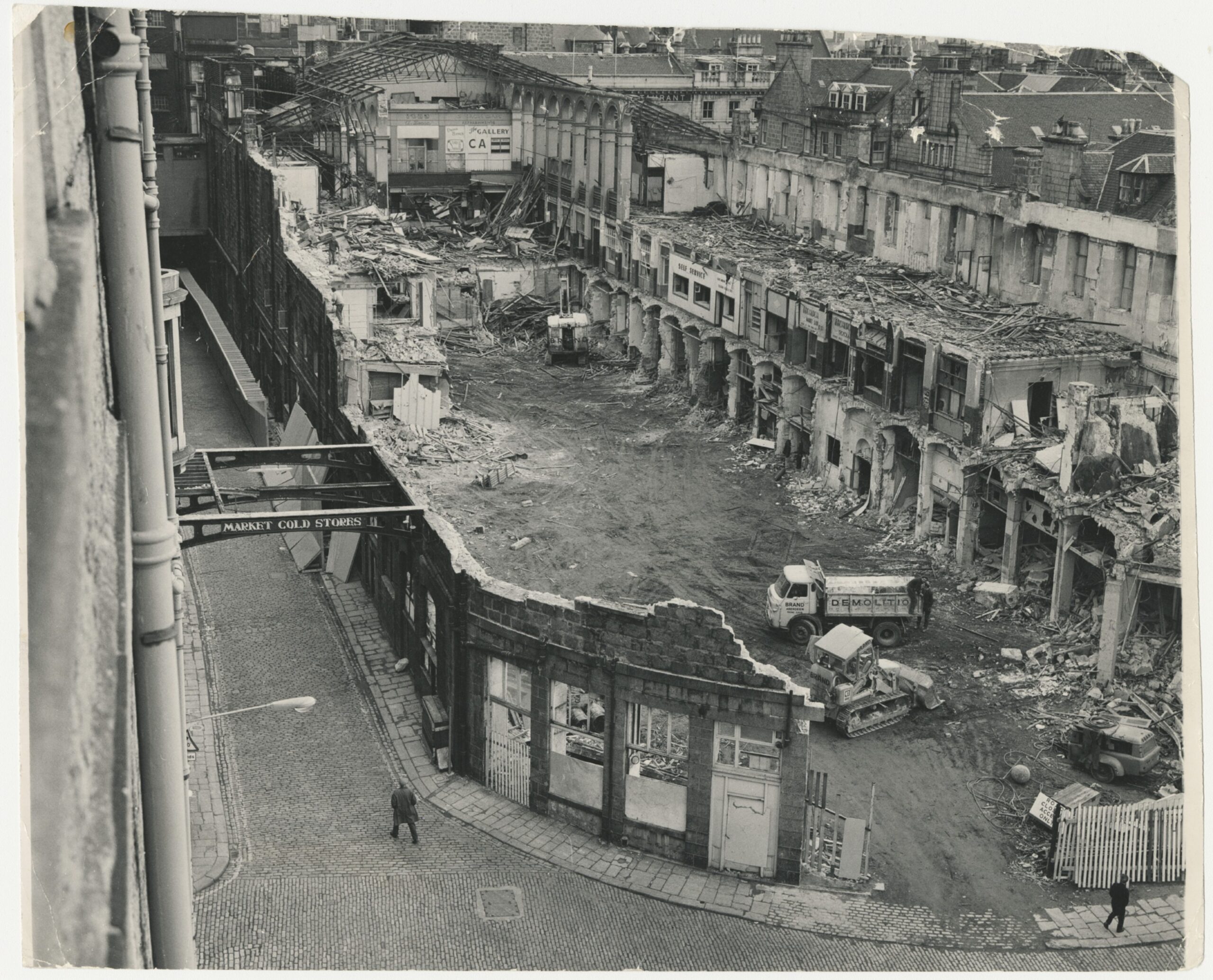
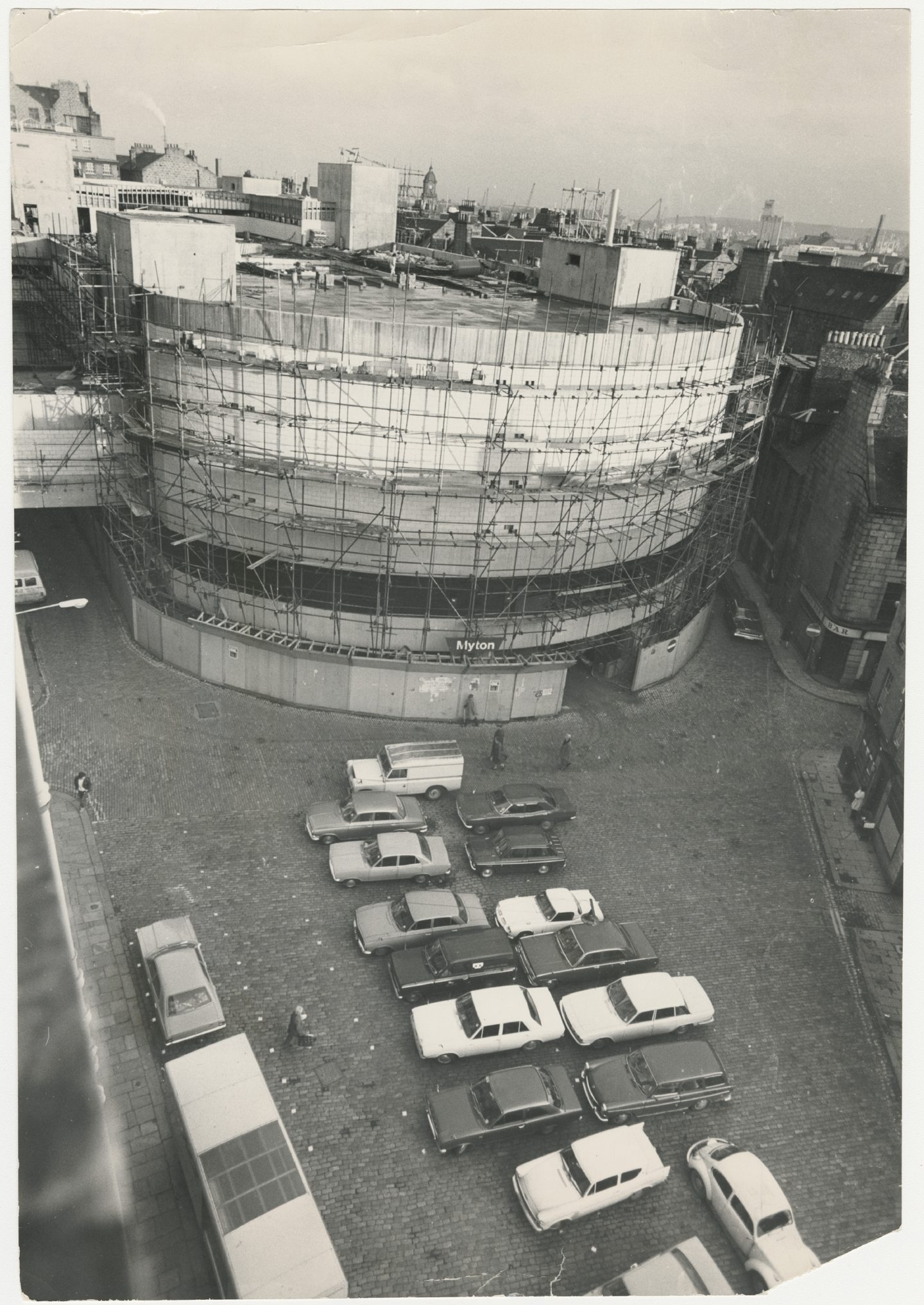
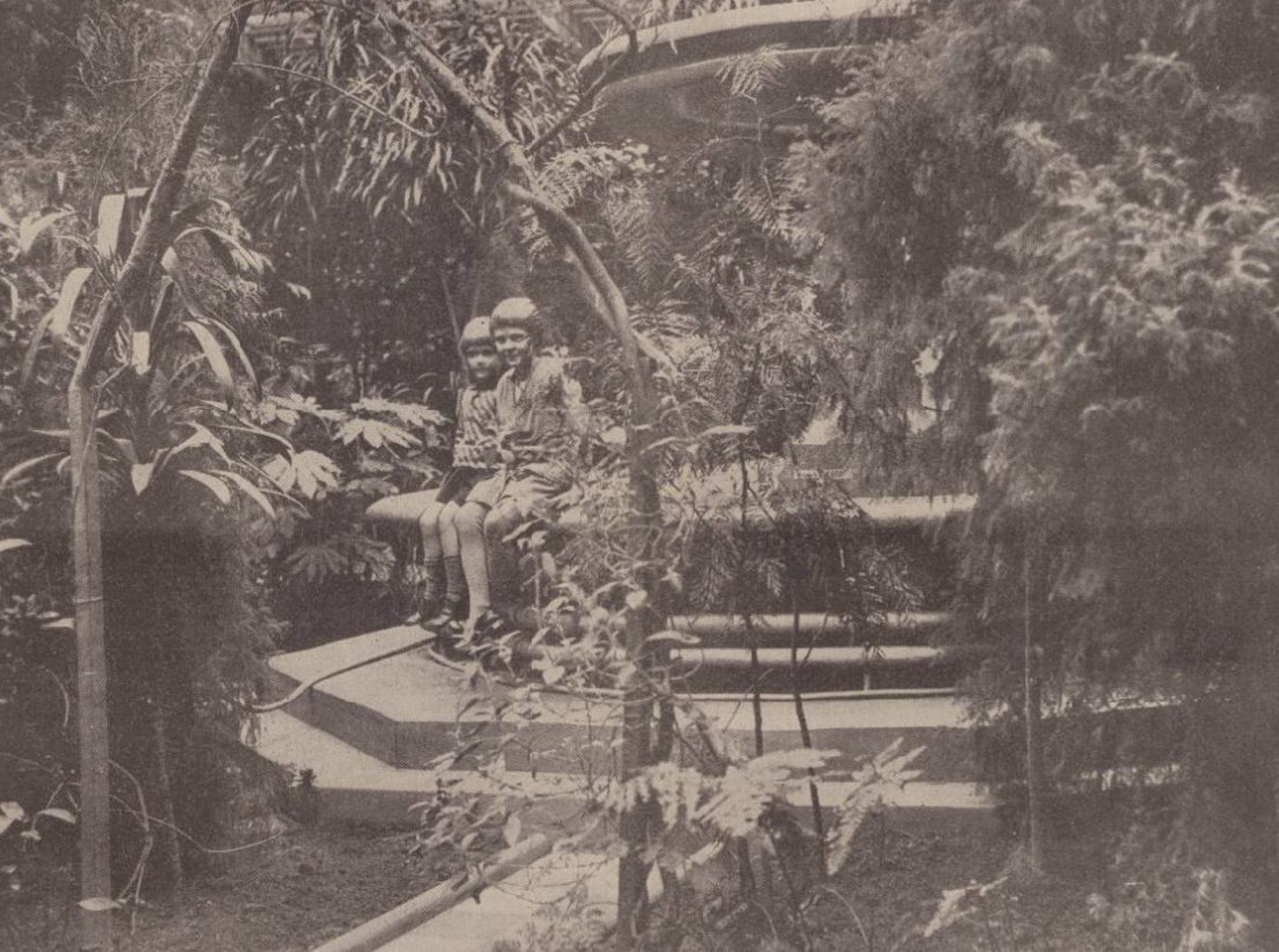
Conversation